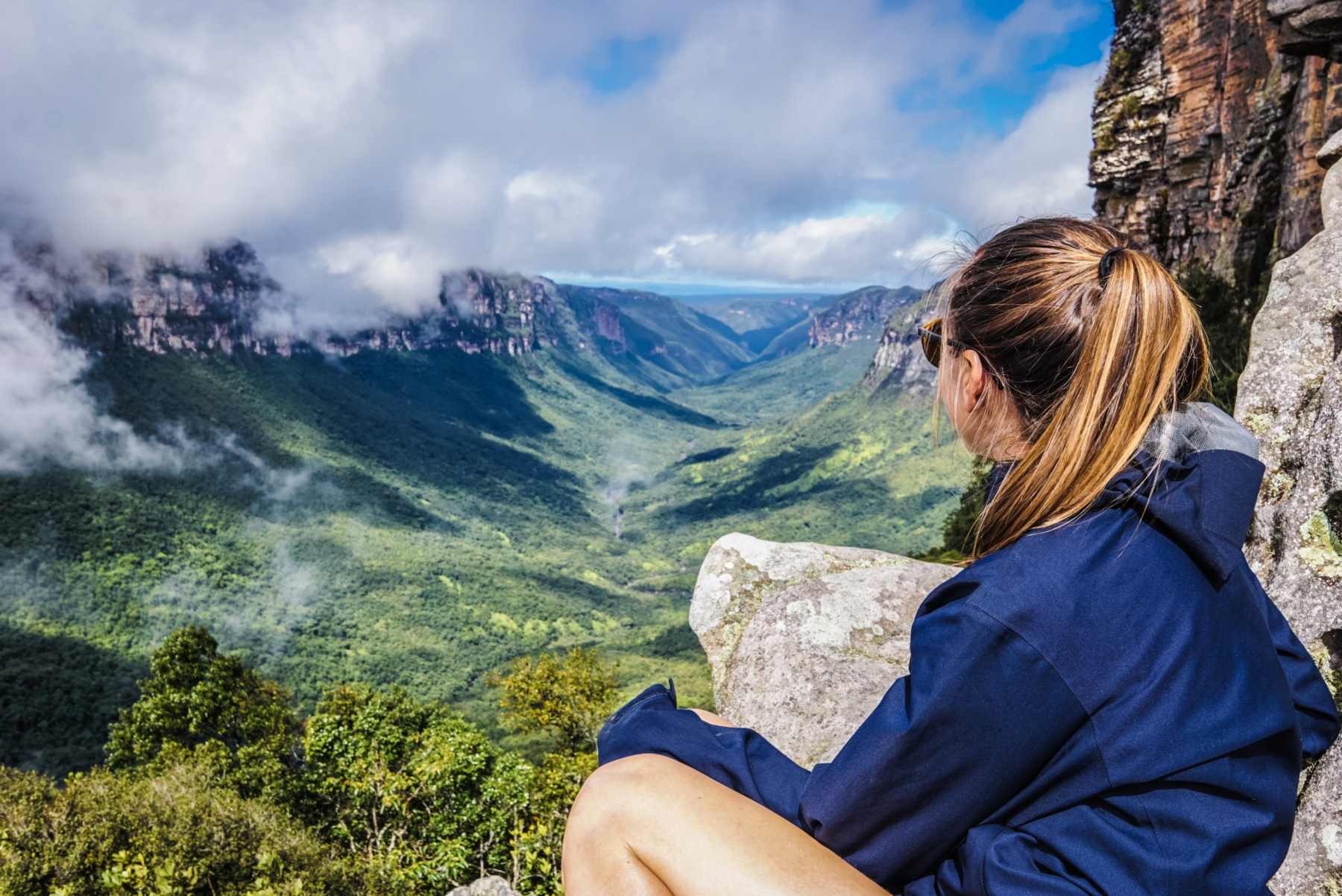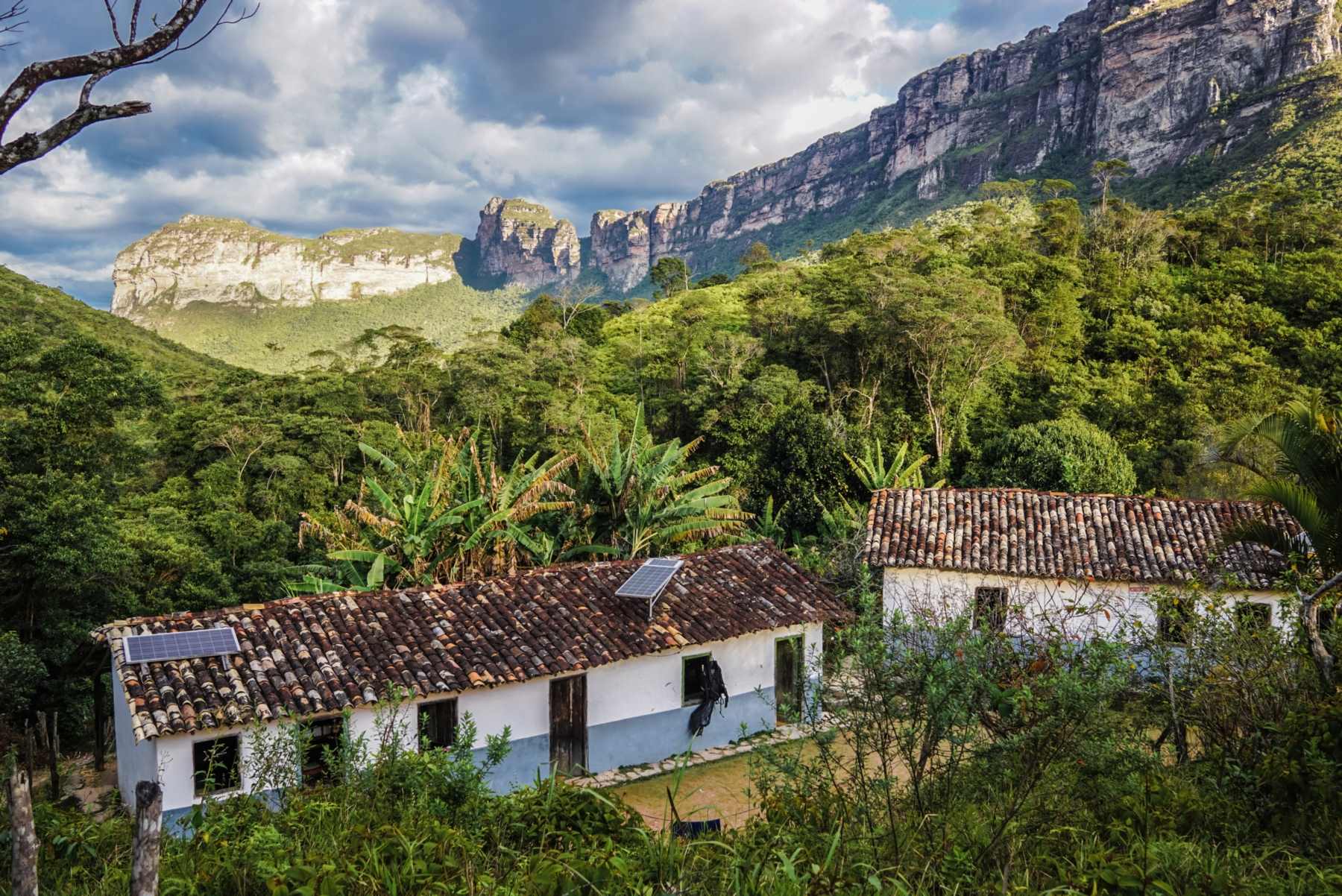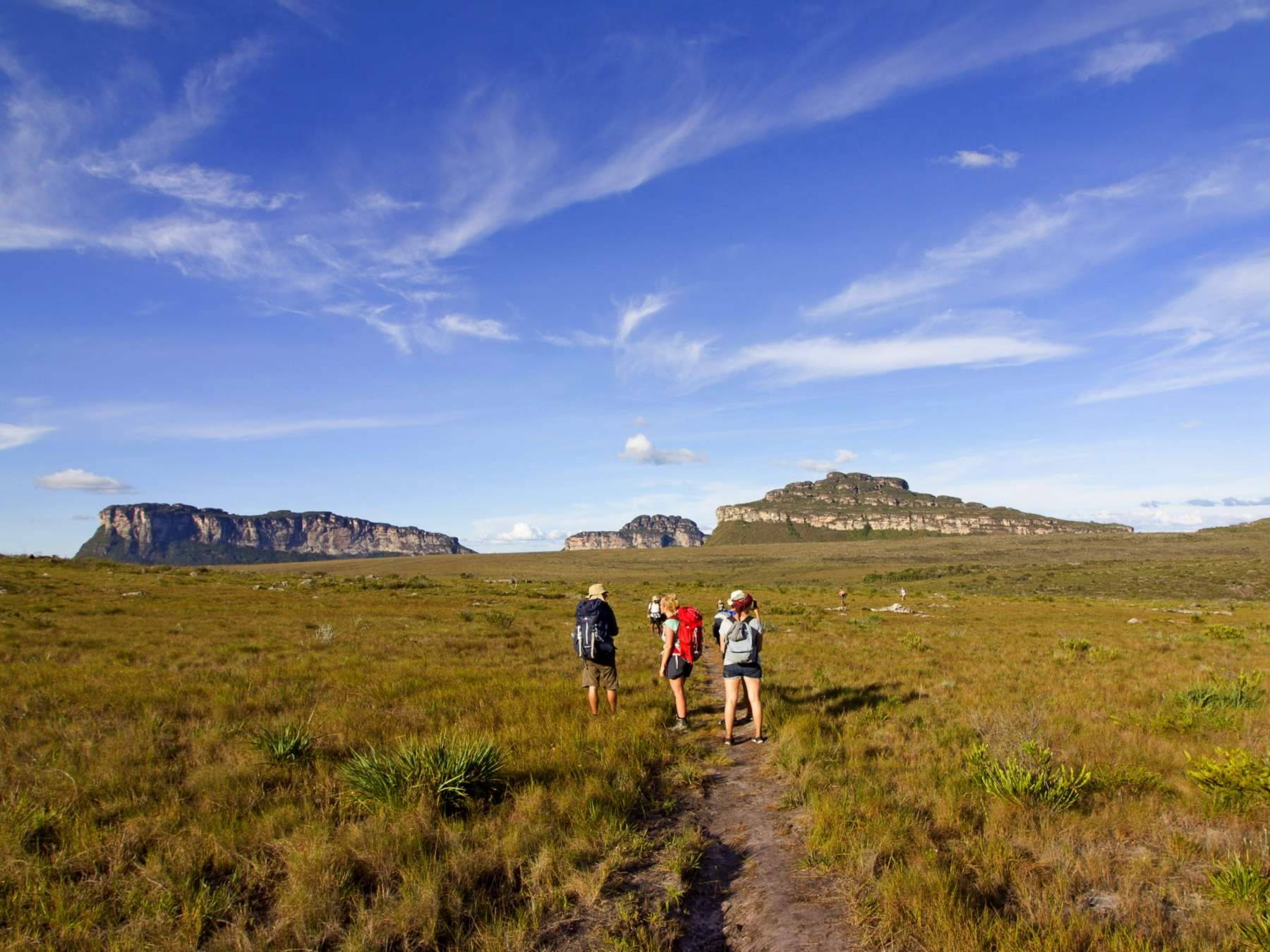Vale do Pati: The ultimate guide about one of the most beautiful trekkings in the world
A place where there is no cell phone signal, electricity, and only internet for very urgent matters. Two hours walking is not much, after all, almost every day you need to walk five to eight hours up and down mountains, with altitudes between 600 and 1400 meters above sea level.
Hot water and cars, no way: you can only “catch a ride” on mules and the bath is really cold in the winter months. The trail in the Vale Do Pati demands effort and tires the legs, but it is worth all the suffering when you see the hallucinating landscapes.
In the “Chapada Bahiana” ( table mountains of the state Bahia) it is possible to go trekking in the Pati Valley, considered one of the most beautiful in the world. Molded in the middle of the Sincorá Mountain, the path can be traced by several routes, between the Capão Valley (Palmeiras), Guinea (Mucugê), and Andaraí.
To help you plan your journey to the Pati Valley in the post-quarantine period, we have gathered in this post some super useful tips from those who live in the region and have been passionate about these landscapes for many years. Want to know more about the attractions of the Pati Valley? Just follow this article that we prepared especially for you.
Want to know more about the Vale do Pati?
To help you plan your journey to the Pati Valley in the post-quarantine period, we have gathered in this post some super useful tips from those who live in the region and have been passionate about these landscapes for many years. Want to know more about the attractions of the Pati Valley? Just follow this article that we prepared especially for you.
Table of contents
- What is the Vale do Pati?
- How to get to the Vale do Pati?
- What is the best time to do the trekking do Vale do Pati?
- How many days should you plan for the Vale do Pati?
- How is the accommodation in the Vale do Pati?
- How is the delicious food of the Vale do Pati?
- What to visit in the Vale do Pati?
- What to bring to the Vale do Pati?
- What is the difficulty level and should I be in good shape?
- What is the price all included of a trekking to the Vale do Pati?
What is the Vale do Pati?
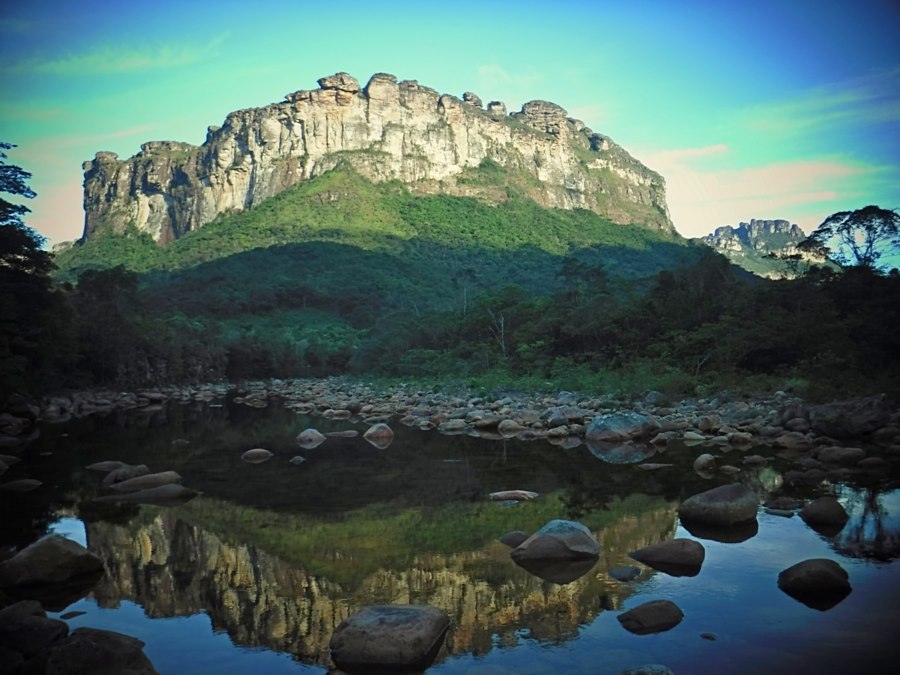
One of the most beautiful crossings in the world ( in the book of National Geographic: 100 Hikes of a lifetime: The world’s ultimate scenic trails ), the Pati Valley is right in the center of the Chapada Diamantina National Park. Its landscapes are of incomparable beauty, with immense mountains, different rock formations, deep valleys, flowered fields, and spectacular waterfalls!
For a long time, the Vale do Pati ( Pati valley ) was populated by about 400 families who settled there to grow coffee and other food for their own consumption. At that time, about 3 thousand people came to live in the valley, there was even a school, church and city hall, today adapted to receive travelers.
In the 50s and 60s, economic problems and urban migration made Pati’s coffee lose value in the market and many families were forced to leave the place. A program of the government paid people to abandon their coffee plantations in order to raise the price again. The trails used by tourists nowadays were paths used to export coffee beans in the golden times of production. Currently, only 10 brave families live in the Valley and receive tourists in their old houses, adapted to host the travelers.
How to get in the Vale do Pati?
The Pati Valley has four main accesses: the Capão Valley (Palmeiras), the “Beco of Guiné” and Aleixos (Guiné, Mucugê district), and the Empire Slope (Andaraí). It is possible to enter and exit through any of them, but each of the accesses has a different route and mileage, with ascents and descents; so, it is important to be well informed about the details of each of the routes.
To get to the locations that give access to the trail, there is no option of public transportation, so you must come on your own or rented car and be willing to drive on dirt roads. Another option is to hire local tourism agencies, which offer the complete package, which includes guide, lodging, and also transportation until the beginning of the walk. For those who go alone, hiring an agency is the best option, because they organize groups, which makes the trip more fun and cheaper.
The easiest access to the Pati Valley is through the village of Guinea, a more peaceful route, if compared with the others. The climb through the “Beco of Guiné” is not so steep and it is possible to get to Mr. Wilson’s house after a 10 km walk. But it takes usually 4 hours of hiking, 10 km with ascents, descents, and many stones. The climb through Aleixos is steeper but has the advantage of being the closest point to the Cachoeirão on top.
If you choose to start the trail through the Valley of Capão, prepare very well because the distance from the first day is 25 km to the house of Mr. Wilson. There is also the option to enter and leave the Pati Valley by the Empire Hill, in Andaraí. In this way, you make the complete crossing and pass through practically all the lodgings in the Pati Valley. The most common is to leave the Pati Valley by Andaraí and take a bath in the Poço Azul or Blue Pool.

What is the best time to do the trekking to the Vale do Pati?
This is a tricky one to answer. The trekking can be done all year round, but there are some differences according to season and time of year. Generally, the summer between November and April has heavy but concentrated rainfall in the Chapada Diamantina, which makes the waterfalls with plenty of water and even more beautiful. On the other hand, some parts of the route get slippery and if you are unlucky to catch a whole day with rain, the look of the mountains can be foggy because of the clouds. But this is rather rare, most afternoons are sunny.
The driest season in Chapada Diamantina is spring, which has high temperatures, usually above 30ºC (86ºF). In low rainy seasons, the Cachoeirão can be dry. During the winter, the temperatures at night can reach 13º C, so warmer clothing is essential for the nights. It can be nice to hike in much cooler air for those who do not like the heath. In winter the rains are weaker but they can last for more hours. A foggy day happens a few days per month from May to August.
During “Quaresma” (Between Carnival and Easter), it is possible to see the Pati Valley full of purple flowers from the “Quaresmera tree”.
If you can, avoid Brazilian holidays and the festivities like São João, Carnival, and New Year’s Eve, because the Pati Valley is very full and the experience is not the same. However, in these times the valley gets more lively – especially at Dona Raquel’s house, where the “Sons of Raqué” forrózinho make music, and also at Seu Eduardo’s house (in memoriam), at “Pati de Baixo”.
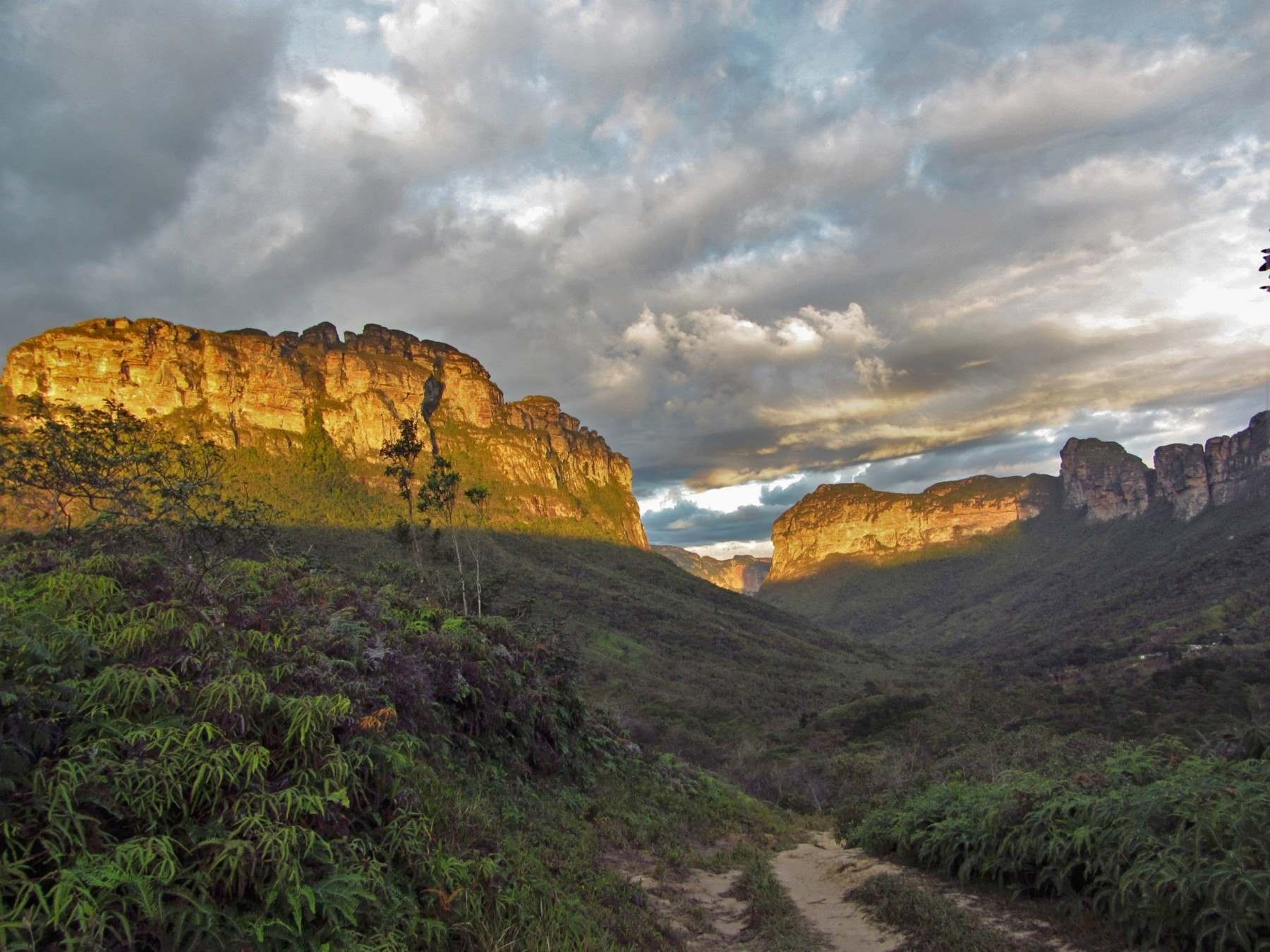
How many days should you plan for the Vale do Pati?
The trails in the Pati valley can vary from one day to one week
Most people regret not having planned more days for the Vale do Pati and Chapada Diamantina. The trails can last from a day to a week, depending on how much time the traveler has available, how is his physical preparation and what amount of time you want to spend on this route. Inside the Valley, there are several itineraries, and the more days you stay, the more attractions you will see.
Inside the Valley, the distances between the attractions are great and everything is done on foot. There are people who are satisfied with a one day hike to the Mirante do Vale de Pati or the Cachoeirão on top. There are options with only one night inside the Vale do Pati and there are also options of longer duration, which go from three to seven days in the Pati Valley.
Most of the itineraries last 3 to 5 days and go through the Pati Valley Viewpoint, Funil Waterfall, Castle Hill, and Cachoeirão on top, attractions of “Pati de Cima”. The crossing of the Pati Valley, however, is done with at least 4 days and passes through all the attractions of “Pati de Cima”, ending in Andaraí, after an overnight stay at “Pati de Baixo”.
The duration of the itinerary will depend on you because it is also very good to have a relaxing day in the Valley. You disconnect from the normal life and the internet, rest in the hammocks amidst the fantastic view of the mountains, seen from the balcony of the houses of the natives.
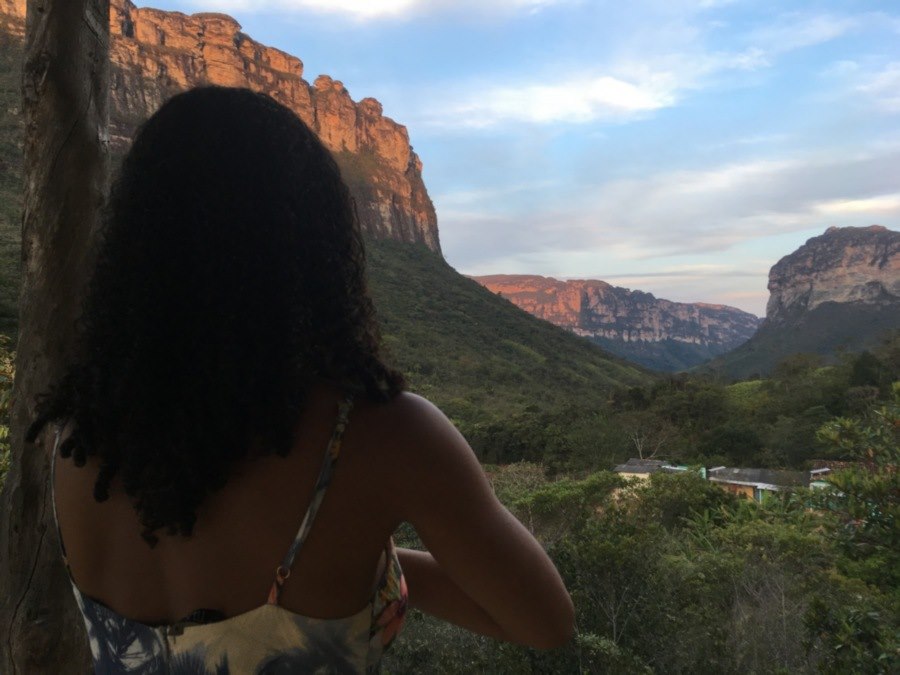
How are the local houses in the Vale do Pati?
Ten special families receive the visitors. Each house has a different mountain view and experience.
To make the trekking experience of the Vale do Pati even more special, your room is at the home of the natives of the Valley. Ten families still live inside the Pati valley and receive the visitors, which promotes the sustainable development of the region and allows contact with the local community. The welcome is warm and the food is plentiful, fresh, and delicious.
The accommodation is simple, clean, and organized and has an incredible vibe! Surrounded by mountains and with wonderful views, they have shared and double rooms. Linen and towel are included. The bathrooms are also shared and the bathwater is cold!
Inside, there is no cell phone, internet (only for very urgent matters), and TV signals. The guides and residents communicate by radio and the houses use only solar energy. The rooms have lamps nowadays and others are illuminated by candles. There are few electric outlets, which need to be shared among guests to charge cell phones and cameras. The best is to take a power bank. Remember to remove your device as soon as you finish charging so that other guests can use it next.
Along the way, it is possible to stay in about 10 houses of residents: Igrejinha / Ruinha; Mr. Wilson; Dona Lé; Agnaldo; Dona Raquel; André; Jailson / City Hall; Seu Eduardo; Jóia, and Dona Linda. Each one has a different size, infrastructure, and look and feel. The places where you will sleep will depend on your itinerary, the guide’s preferences, and which atmosphere you prefer, but all the houses are really nice and cool.

Table of contents
- What is the Vale do Pati?
- How to get to the Vale do Pati?
- What is the best time to do the trekking do Vale do Pati?
- How many days should you plan for the Vale do Pati?
- How is the accommodation in the Vale do Pati?
- The delicious food food of the Vale do Pati?
- What to visit in the Vale do Pati?
- What to bring to the Vale do Pati?
- What is the difficulty level and should I be in good shape?
- What is the price all included of a trekking to the Vale do Pati?
How is the food in the Vale do Pati? Delicious!
When hiring an agency or guide, food is usually included in the Trekking package. In the case of Diamantina Mountains, it is included full board in the houses of the natives (breakfast and dinner) and pick nick lunch and snacks are prepared by the guide during the day.
The breakfast and dinner are separate attractions and has several options of very tasty local food, and even has options for vegans and people intolerant to gluten and lactose. Generally, breakfast is served at 7 o’clock, with bread and cakes made on the spot, fruits, juices, coffee, couscous, tapioca, sweet potato, boiled banana, and other delicious dishes. Dinner is served at 7 pm and is served in buffet style, with typical dishes such as palma cactus and banana godó, meat, salads, pasta, among other options.
On the trails, the guides prepare picnics at a waterfall with sandwiches, fruit, cereal bars, and cookies to restore the energy of the walk. Most of the houses have markets that sell personal hygiene items, lighter, batteries, and other useful things, besides some foods and drinks, such as mineral water, sugar cane juice, soda, and beer (very cold, thanks to the gas refrigerators). Prices are high since everything is brought on foot or with the help of mules for four hours of walking up and down mountains. A can of beer or soft drink costs between R$ 7 and R$ 10, but it’s very worth the pleasure of drinking a cold beer in the mountains, after hours of walking. It’s possible to drink water from river springs, in places indicated by your guide.

What to visit in the Vale do Pati?
The crossing of the Vale do Pati is considered one of the most beautiful trekkings of the world (page 142)
So many beautiful landscapes and breathtaking views. See below some of the main attractions of the Pati Valley:
Mirante do Pati ( viewpoint of the upper valley )
It is possible to know some of the most beautiful views of Chapada Diamantina in a one-day tour, passing through the Gerais do Rio Preto until arriving at this viewpoint, where the outline of the mountains and the green of abundant nature form a scenery worthy of a painting. But why feel like it and feel only a little taste? Book a few days of your trip to Chapada Diamantina to dive deeper into the Pati Valley.
Cachoeirão por Cima
From the top of an imposing canyon, about 300 meters high, it is possible to see more than 20 waterfalls in the rainy season. If you choose to do this route in the driest season, there is little or no waterfall, but the scenery does not disappoint!
Morro do Castelo ( Castle hill)
One of the most difficult trails, the climb to Castle Hill requires the willingness and courage to face a climb to the top of the mountain. It is not necessary to use ropes, but it is often necessary to use your hands to climb some stretches of the steep climb. The effort is rewarded with a 360º panoramic view of the upper and lower Pati valley. The view is literally breathtaking!

What to bring to the Vale do Pati?
When preparing your backpack, take only really necessary items
Remember that you will carry your backpack every day, so every gram makes a difference. Also opt for good hike equipment, especially backpack and shoes. Choose a very comfortable backpack, between 20 and 40 liters, and use appropriate shoes for this trekking, with good sole and grip ( like Vibram). Also don’t forget a compact raincoat or waterproof jacket, because the weather can change suddenly, and hike during the rain at altitudes of 1200m (even in Brazil), with the wind, can even cause hypothermia.
Check our equipment checklist:
BASIC THINGS
Water bottle (at least 1 liter per person)
Appropriate hiking shoes or boots
Protection against the sun
Raincoat or waterproof jacket
Decent medium backpack between 20L and 40L
Sweater for the coldest mornings and evenings
Insect repellent
Flashlight
Flip flops, to walk during the night and give a rest to the feet
LESS IMPORTANT THINGS
Swimming gear
Extra dry socks, preferably in a plastic bag, to prevent them from getting wet
Money, to buy coca-cola, beer, or water in the natives’ house
Waterproof bag or case for electronic equipment
Plastic bags to put clothes and personal objects, in case your backpack doesn’t have a rain protector
OPCIONAL
Photo Camera
Sunglasses
Walking poles
Knee protection
IT IS RECOMMENDED NOT TO BRING:
Big Bath towel ( a small one is ok, you get a big towel at the houses)
Books
Glass bottles
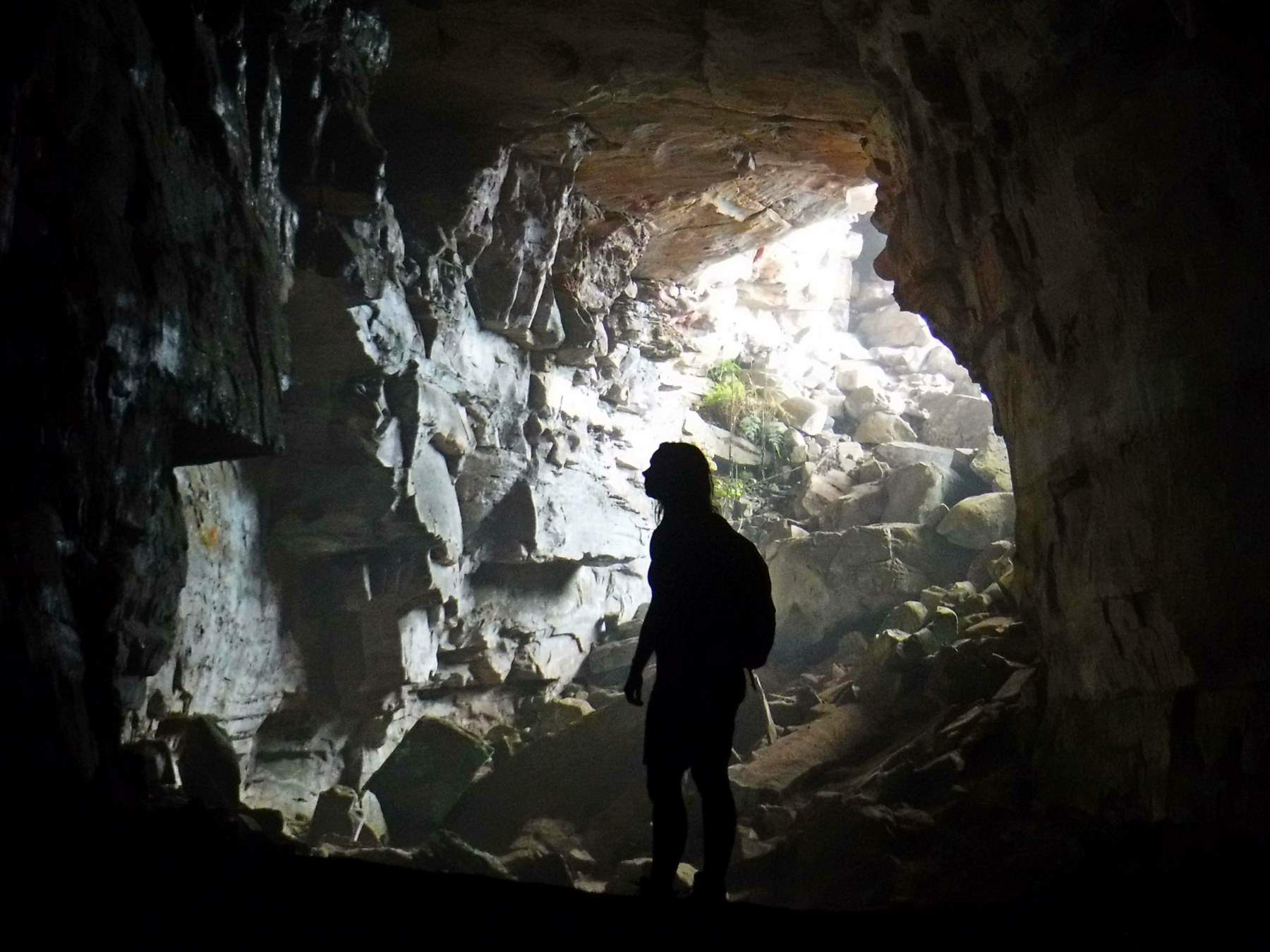
What is the difficulty level and should I be in good shape to do the trekking of the Vale do Pati?
The difficulty level of the trails are considered moderate to difficult.
There are many ascents and descents, some are very steep. The trekking can be done by people of any age. Older people should in really good shape! And younger people need to be in good shape and have some resistance.
It is necessary to hike long distances, with variations in elevation, and pass through very varied terrain, with flat stretches in general fields but also passing by rocks and river beds. There are stretches with a higher technical level, but with the help of a guide, it is easier to overcome the numerous obstacles.
Trails get much more difficult when they are wet from the rain. The flat highlands are full of water and you can wet your feet and shoes easily. Some ascents and descents get tricky and dangerous with much rainfall. The guide will check with the group and might cancel a part of the itinerary.
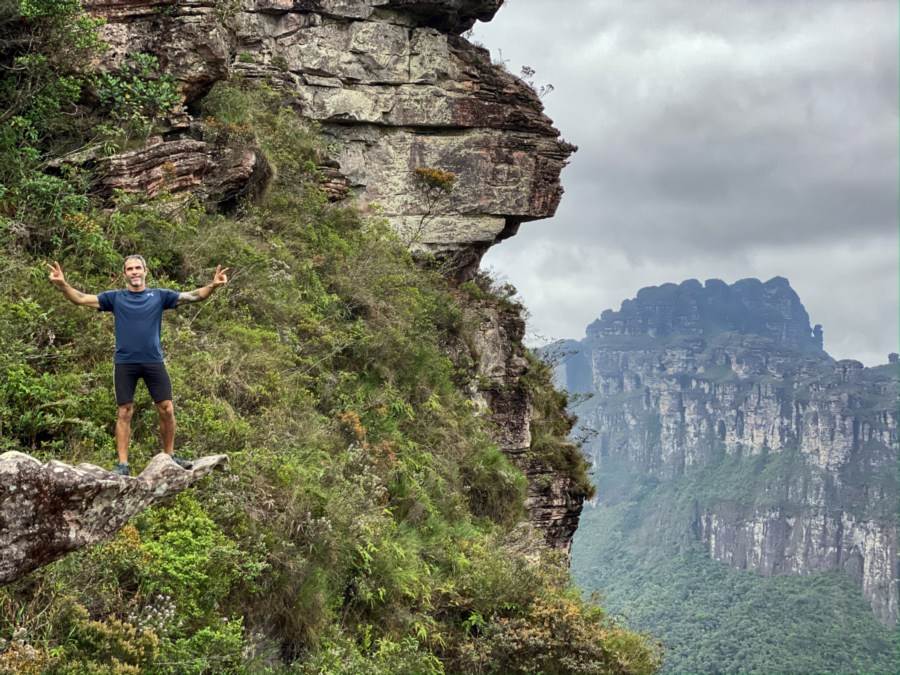
What is the price of a trekking to the Vale do Pati?
Prices vary according to the duration of the trekking and the number of people in your group
The prices of the package offered by Chapada Diamantina tourism agencies varies according to the duration of the trekking and the number of people in your group. The average price is R$ 450 per person per day, with lodging and food included at the native’s house.
Currently (January 2023), the value charged for the 3-day trek is R$ 1428 per person and the 5-day crossing through the Pati Valley costs R$ 2408 per person. This includes everything; transfer to the beginning of the trek, guide, and all meals and lodging during the itinerary. On the website, you can find more details about the packages to the Pati Valley.
The trekking to the Pati Valley is, without a doubt, a transforming experience!


